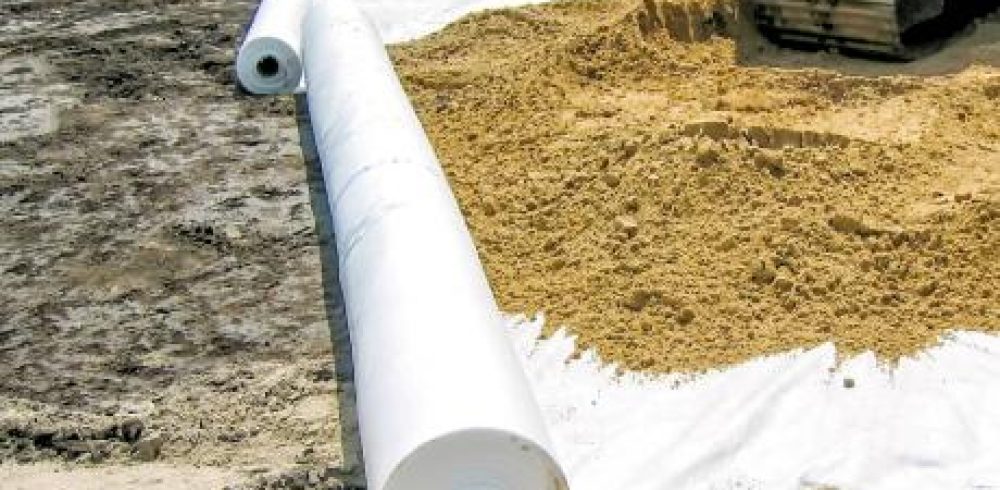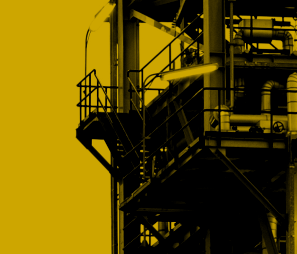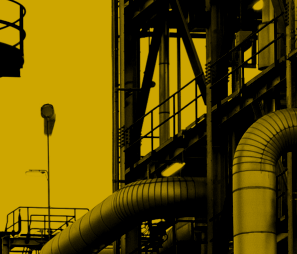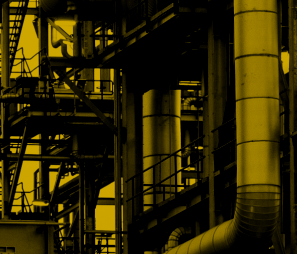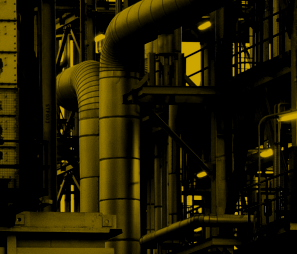Sustainable Nonwovens for the Construction Industry : Sustainability is becoming increasingly important in all aspects of everyday life. Geotechnical solutions have long contributed to working more sustainably in the construction industry. The geosynthetics manufacturer NAUE is taking the next logical step with a biodegradable nonwoven.
Classic nonwovens
Geotextile nonwovens for separation, filter, protection and drainage functions have been used successfully in many areas of civil engineering, hydraulic engineering as well as gardening and landscaping for many decades. The most common raw materials for the production of nonwovens are the plastics polypropylene (PP) and polyester (PET). For applications in which particularly long durability of the nonwoven is desired, these classic nonwovens are the best solution.
Sustainability
When it comes to the ecological footprint, e.g. measured against the emission of CO2, the use of geosynthetics often has great advantages. In the past years, some comparative life cycle assessments with different construction methods were carried out on project examples. The results almost consistently show a significant saving of the greenhouse gas CO2 when using geosynthetics instead of using a conventional construction method.
The image
Synthetics, often colloquially referred to as plastic, has been struggling with a bad reputation in recent years. Starting with the subject of plastic in the oceans, more and more studies on microplastics in the environment are attracting media attention. Concerns about the use of synthetics are also increasing in the construction industry. Authorities and clients are increasingly looking for alternatives.
The solution
NAUE has developed such an alternative for applications in which an extremely long lifespan of the nonwoven is not necessary. Secutex® Green, a biodegradable nonwoven geotextile.
The cycle
The production takes place exclusively from organic, natural, renewable raw materials. This approach allows entry into the circular economy and thus the development of a sustainable economic system. The certified biodegradability, according to the applicable standards in industrial and domestic composting, has been confirmed by TÜV Austria. Soil organisms, microorganisms and fungi as well as the influence of oxygen, contribute to the biodegradation of the product. Scientific studies show that animal stomach acid attacks the material, which means that there is no danger to living beings in case they absorb fibres.
The quality
The controlled production process of the fibres and the nonwoven used guarantees a constant quality. Industrially manufactured staple fibres produce the best possible mechanical properties. The fibres are made from 100% renewable raw materials from certified sources in a sustainable industrial process. Particular emphasis is placed on recycling the process water and an overall 95% lower water consumption than, for example, in the production of cotton fibres.
The areas of application
In many applications, it is not necessary to maintain product properties permanently. The range of applications and the lifespan depends on the location factors such as the soil, water and climate conditions of the respective project. Typical areas of application are:
- Separation, filtration and protection layers
- Gardening and landscaping
- Temporary path and road construction
- Embankment protection / near-natural waterway construction
- Coastal protection (single nonwoven geotextile layer and/or sand containers)
- Scour protection (sand containers)
Manufacturing & Engineering Magazine | The Home of Manufacturing Industry News




